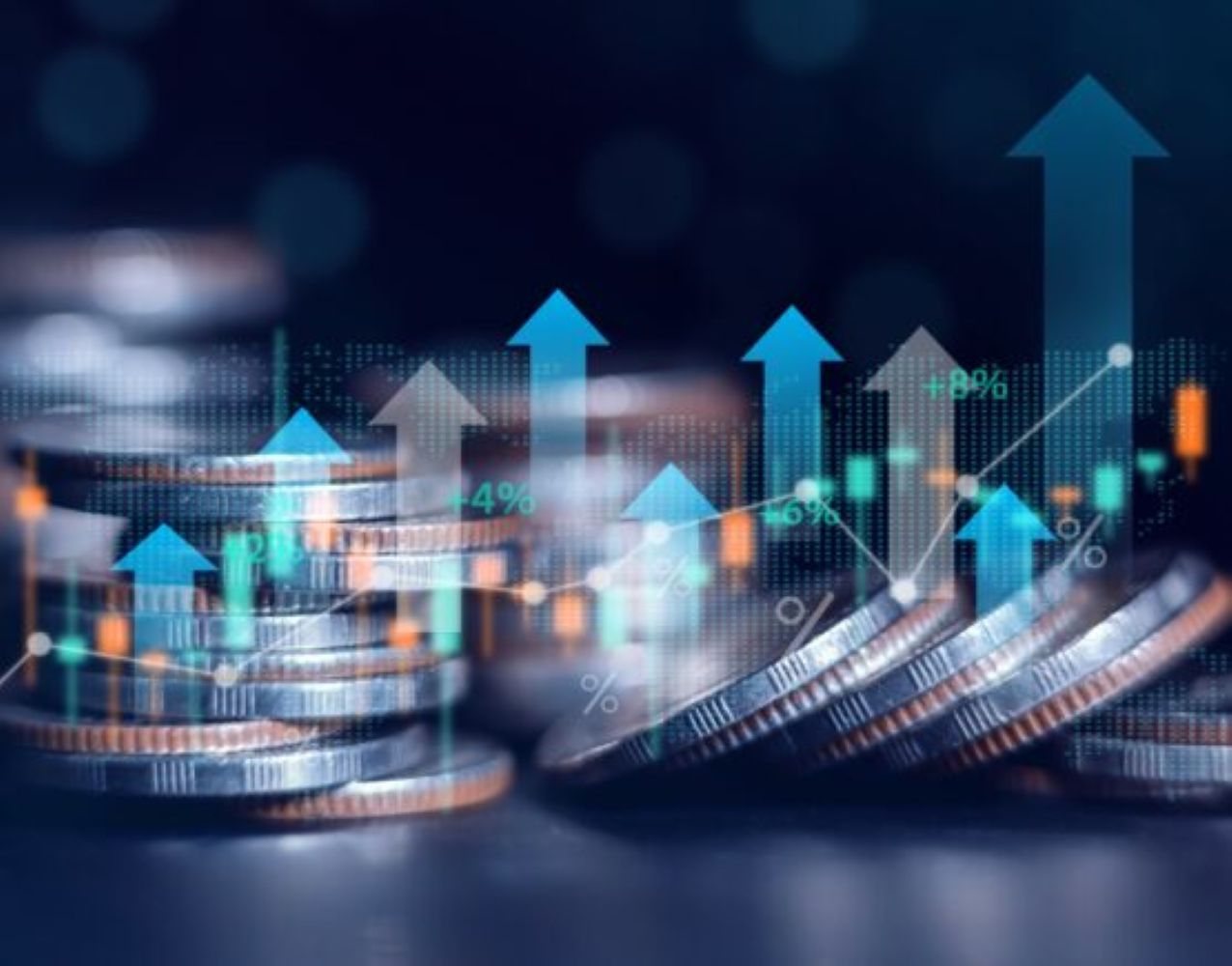Slower-than-projected GDP growth could result in a R30bn revenue gap, says Bank of America.
Despite Finance Minister Enoch Godongwana’s firm stance on the 1.9% GDP growth forecast for 2025, analysts have already tempered their expectations for South Africa’s economic performance.
On Wednesday, during a heated debate on the fiscal framework in the National Assembly, Godongwana maintained that the growth forecast in the 2025 Budget was indeed achievable due to the government’s commitment to economic reforms and fiscal discipline.
During a virtual media conference on Thursday, Tatonga Rusike, sub-Saharan economist for Bank of America’s (BofA) Global Research, highlighted several downside risks to South Africa’s GDP outlook.
The BofA has revised its growth forecast for South Africa downward from 1.6% to 1.4%, citing the slow pace of domestic reforms and rising global uncertainty amid a looming trade war. US President Donald Trump announced sweeping tariffs on foreign countries, including South Africa.
The BofA’s projection of 1.4% is lower than the South African Reserve Bank’s 1.7%, which it adjusted downward from 1.9% at its most recent Monetary Policy Committee meeting in March.
ALSO READ: Experts say no way SA can achieve economic growth of 3% this year
Slower growth could lead to revenue gap
In 2024, South Africa mustered a modest 0.6% GDP growth, down from 0.7% in 2023. Population growth of more than 1% per annum means GDP per capita has been declining for close to a decade.
PwC cautioned earlier, ahead of the tabling of the original 2025 Budget on 19 February, that the Treasury would most likely make strong growth projections. However, it pointed out that a “more conservative” approach would provide realism in the outlook for fiscal revenues.
“Fiscal budgets perennially overestimate economic growth and, inter alia, expected fiscal revenues,” it noted at the time.
PwC’s forecast for real GDP growth is 1% in 2025.
Rusike cautions that slower GDP growth compared to the National Treasury’s projections could result in a R30 billion revenue gap, potentially widening the fiscal deficit by 0.3 percentage points of GDP.
“This is based on the assumption that no action is taken on the spending side, but the fiscal year is still in its early stages, and there could be moving parts on the fiscal side,” he notes.
ALSO READ: Absa foresees economic growth of 2.1%, but Trump and budget can disrupt it
GNU tensions
Adding to the “downside risk to GDP growth” are the tensions within the government of national unity (GNU), which could see the Democratic Alliance (DA), the second biggest party in the coalition, exit the GNU. According to Rusike, this could lead to a “reconfiguration” rather than a disintegration.
“But the current instability has hurt market sentiment, which doesn’t bode well for asset prices in South Africa.”
Maarten Ackerman, chief economist at Citadel, writes in a company note that if the GNU were to “collapse”, asset class turbulence would be even greater.
“The rand has already reacted to the uncertainty, and continued political instability will only amplify this volatility,” he notes.
ALSO READ: World Bank has simple answer to improve South Africa’s economic growth
US/SA relations
Adding to the risks to GDP growth is the deteriorating relationship between South Africa and the US. According to Rusike, South Africa could potentially improve relations over time. “The approach the country is taking is one of negotiating in the background through diplomatic channels rather than in public.”
Casey Sprake, fixed income analyst at Anchor Capital, notes that the 30% tariff the Trump administration imposed on goods entering the US on Wednesday could “shave off” 0.35% from GDP growth.
“As a result, Anchor is expecting growth of around 1.3% this year – even before factoring in any potential economic fallout from changes in the GNU.”
George Herman, Citadel’s chief investment officer, remarks that the tariffs imposed were “far worse than markets had anticipated”.
“The average US tariff on other countries is set to increase from around 3% to 4% to nearly 23% to 24%, with Chinese goods facing tariffs as high as 64%. This is a massive tax on global trade, and the stagflationary impact will be significant. It will dampen global consumption and slow US and global economic growth.”
ALSO READ: SA economic outlook positive, but key risks threaten economic growth
Ratings upgrade no longer envisaged
The BofA’s Rusike points out that the weaker economic outlook in South Africa dampens the prospects of a ratings upgrade, which was previously mooted.
Given the lower growth estimates and rising tensions within the GNU, ratings agencies like S&P may reconsider their current positive outlook on the country, he says, adding that it does not signify a further downgrade although it suggests that any potential upgrade is unlikely in the near term.
According to Sprake, ratings agencies still view South Africa’s National Treasury as stable and credible. A conservative budget and steady growth could sway rating agencies. “Ratings agencies wait for hard and fast numbers before they react. They are interested in revenue projections and what they mean for South Africa’s fiscal deficit.”
This article was republished from Moneyweb. Read the original here.
